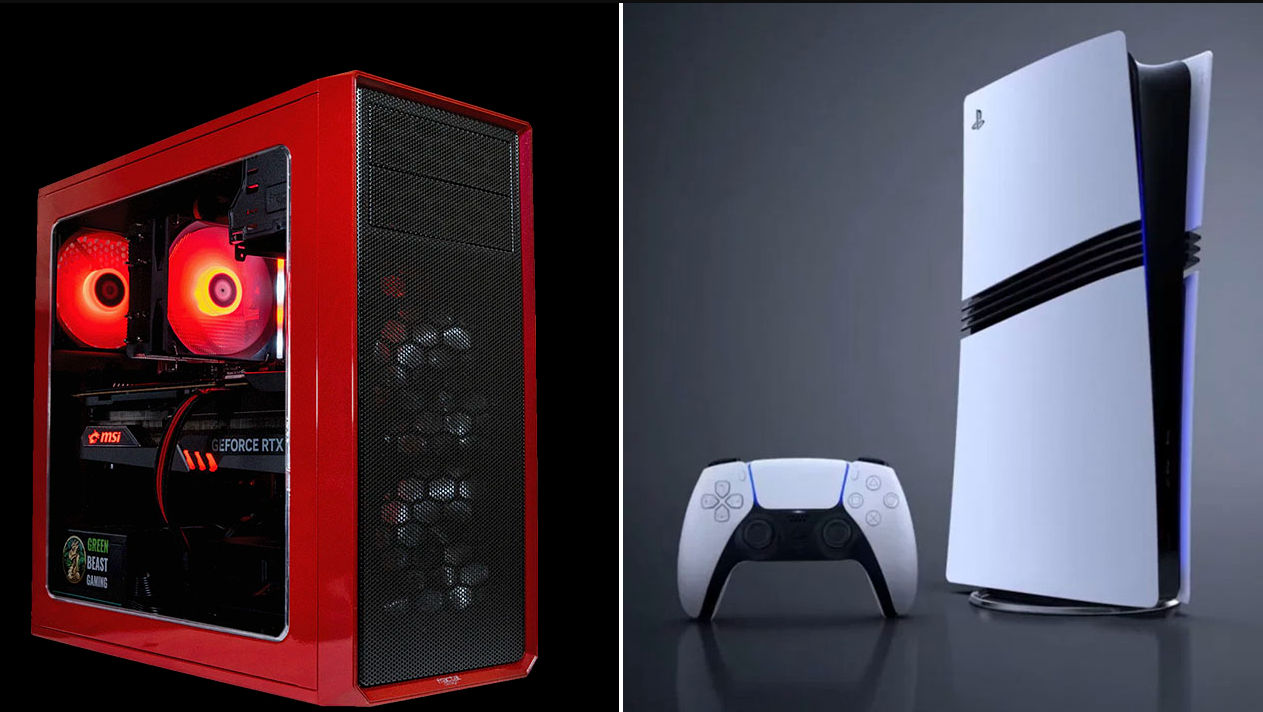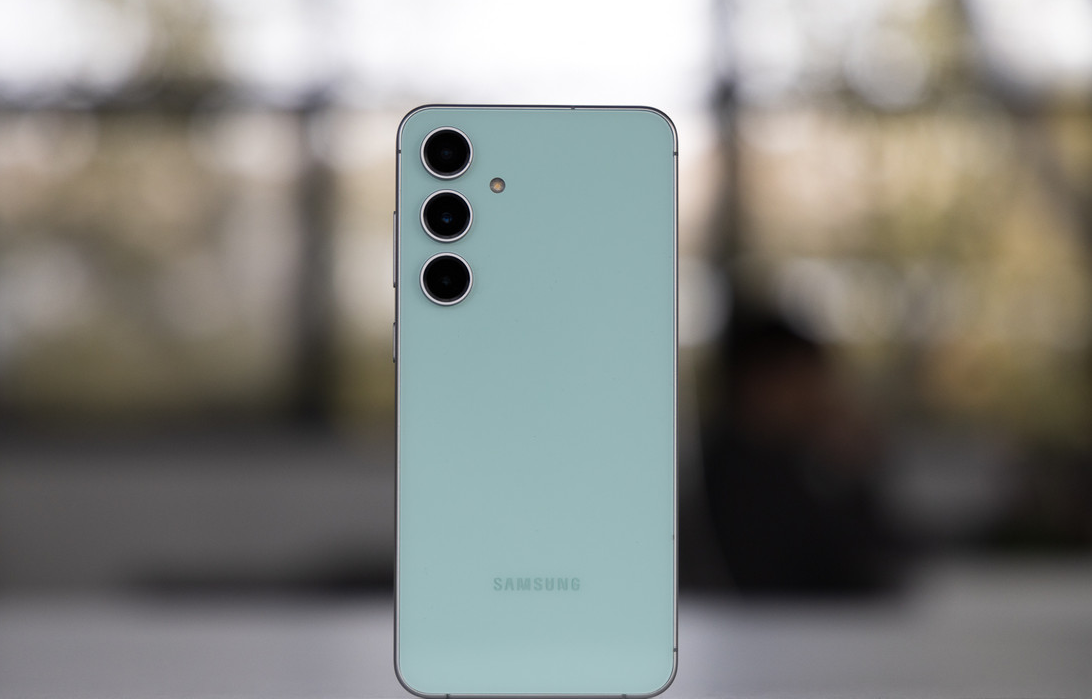Every day, mankind is faced with the need to recharge many devices that have become an integral part of our lives. Smartphones, tablets, laptops, smartwatches, headphones – all these gadgets need energy to function. But what’s behind the simple act of plugging a device into a charger? What is the history of this daily necessity, and what modern solutions does the market offer?
Charging stations have undoubtedly become one of the most important accessories of the 21st century. It is not just a “box” with wires, it is a complex device that provides safe and fast charging for various gadgets.
Every year, charging technologies are improving: charging speeds are increasing, safety is improving, and devices are getting smaller. Special attention is paid to environmental friendliness and energy efficiency. In an era of global environmental challenges, it is not only important to charge devices quickly, but also to do so responsibly.
In many countries, the market for chargers is growing. Consumers are looking for optimal solutions that combine quality, safety and affordability. But how to choose the best option from the many offers? Below is an overview of the top charging stations, their main characteristics and features of use.
Top charging stations for home and outdoors
1. Voltronic XMO2-300W
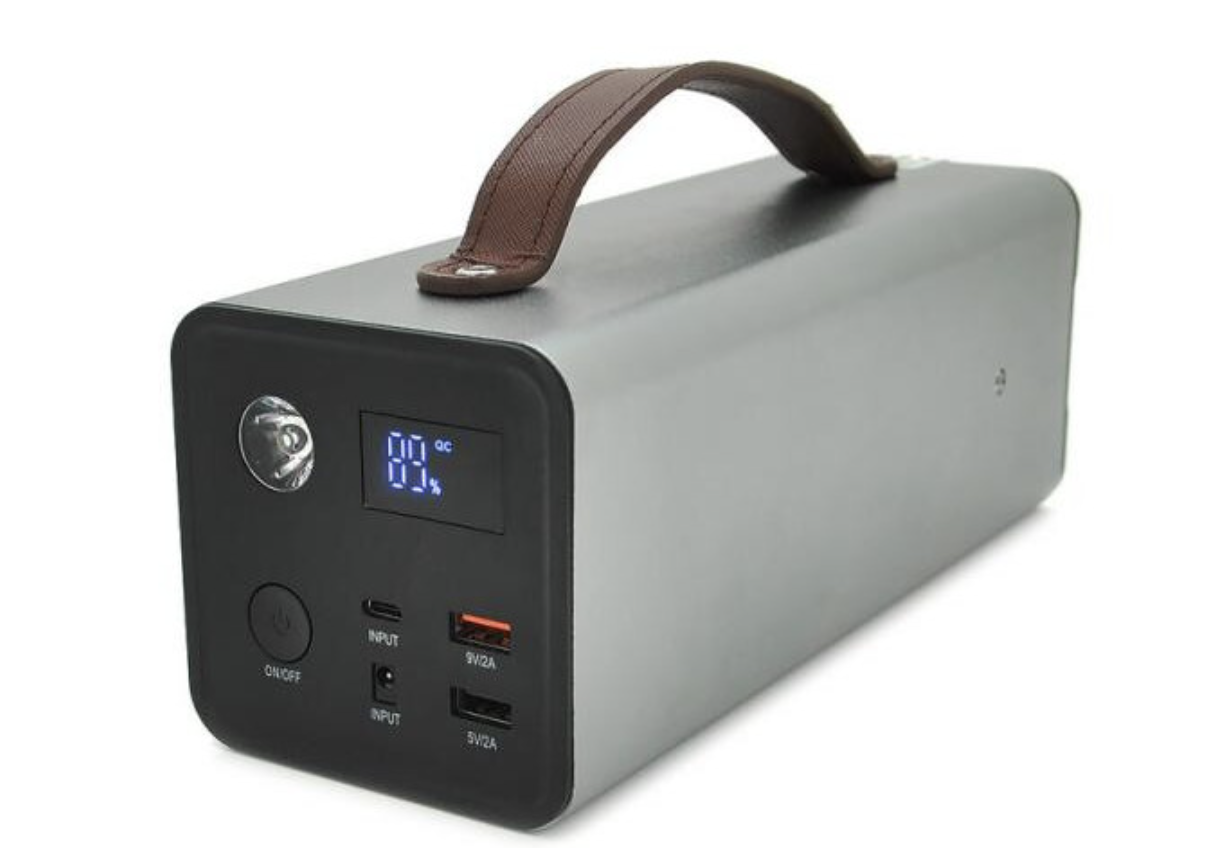
The main advantage of this charging station is its compactness. It weighs only 1.3 kg and is easy to transport. As a power bank with benefits, for example, for a laptop, it is perfect. The output power of the charging station is 300 W, which is enough for most small gas boilers, and the inverter provides a correct sinusoidal signal. The energy consumption is ~ 145 W*h. The battery here is lithium-ion, it has a rechargeable life of 800 full cycles.
On the front end there are two connectors for connecting standard USB for 9 and 5 V, as well as USB Type-C, which works at 5.9 and 12 V. There is a built-in flashlight – a small thing, but nice. There is a 220 V socket on the back. It’s made in a universal form factor, suitable for both European and American plugs. However, a standard Ukrainian plug may not fit snugly in such a socket, and an adapter will be required for a tighter fit (which is also not an ideal solution). There is no connector for connecting a solar panel.
We recommend it as a relatively affordable and compact charging station for small household appliances.
| Pros | Minuses |
|---|---|
| Compact size, easy transportation | Universal socket. The plug may not be pressed in tightly |
| Affordable price | |
2. EcoFlow DELTA 2
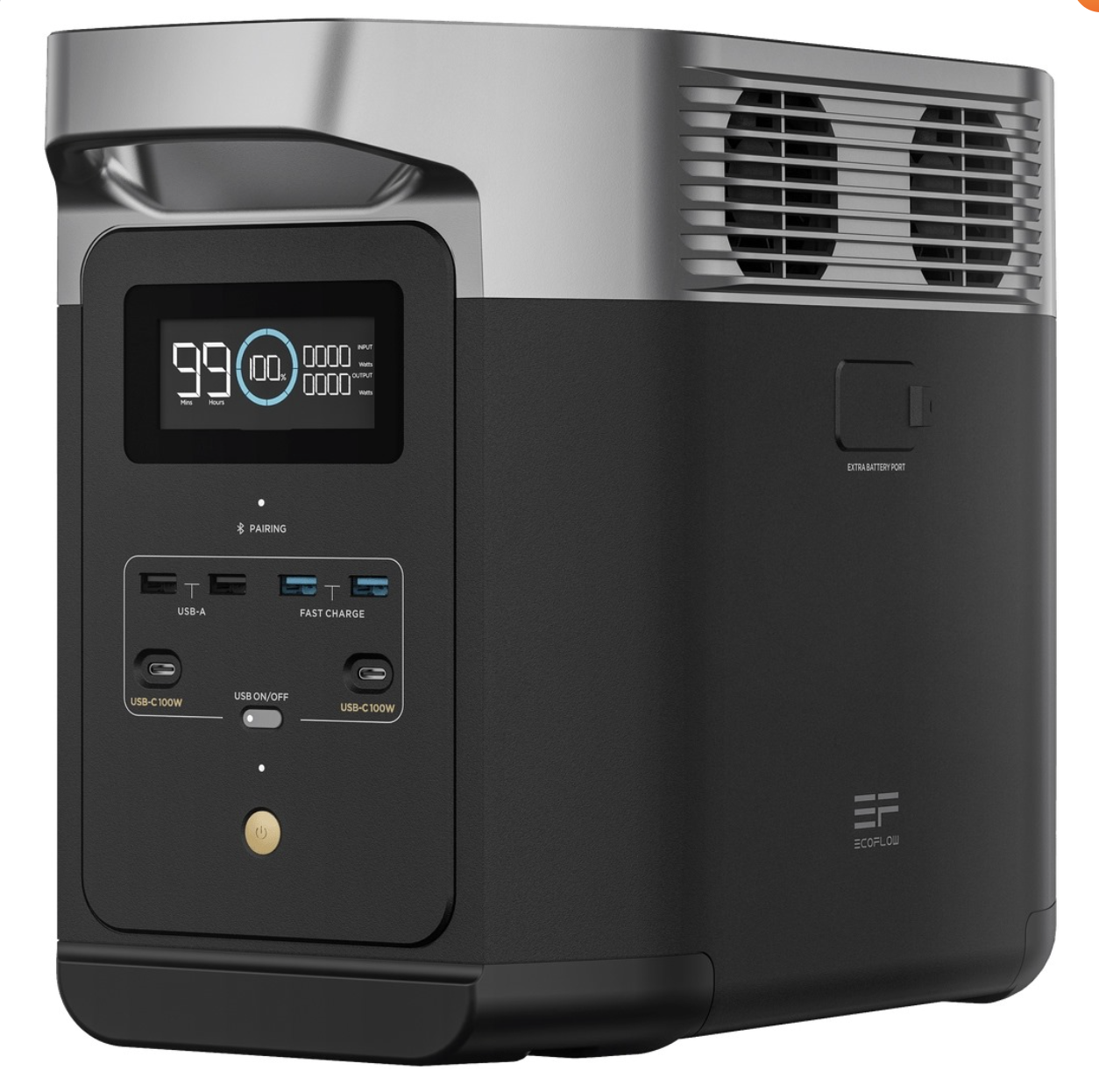
A large charging station with a high-capacity battery (1024 Wh). It can simultaneously serve several units of household and computer equipment with a total capacity of up to 1800 W (short-term load surges of up to 2700 W are allowed). The EcoFlow DELTA 2 charging station has 4 sockets for connecting electricity consumers. USB-A, USB-A Fast Charge and USB-C ports are provided for powering phones and gadgets (2 pcs. of each of the listed types). The station’s battery can be recharged from the mains, a car cigarette lighter or solar panels (they are not included in the package and are purchased separately). The device has dimensions of 281x211x400 mm and weighs 12 kg. The case has convenient handles on both sides for carrying the station.
| Pros | Minuses |
| Powerful and fast | It’s heavy enough |
| Minimalistic design | High price |
| Multiple ports |
3. BLUETTI PowerOak EB3A
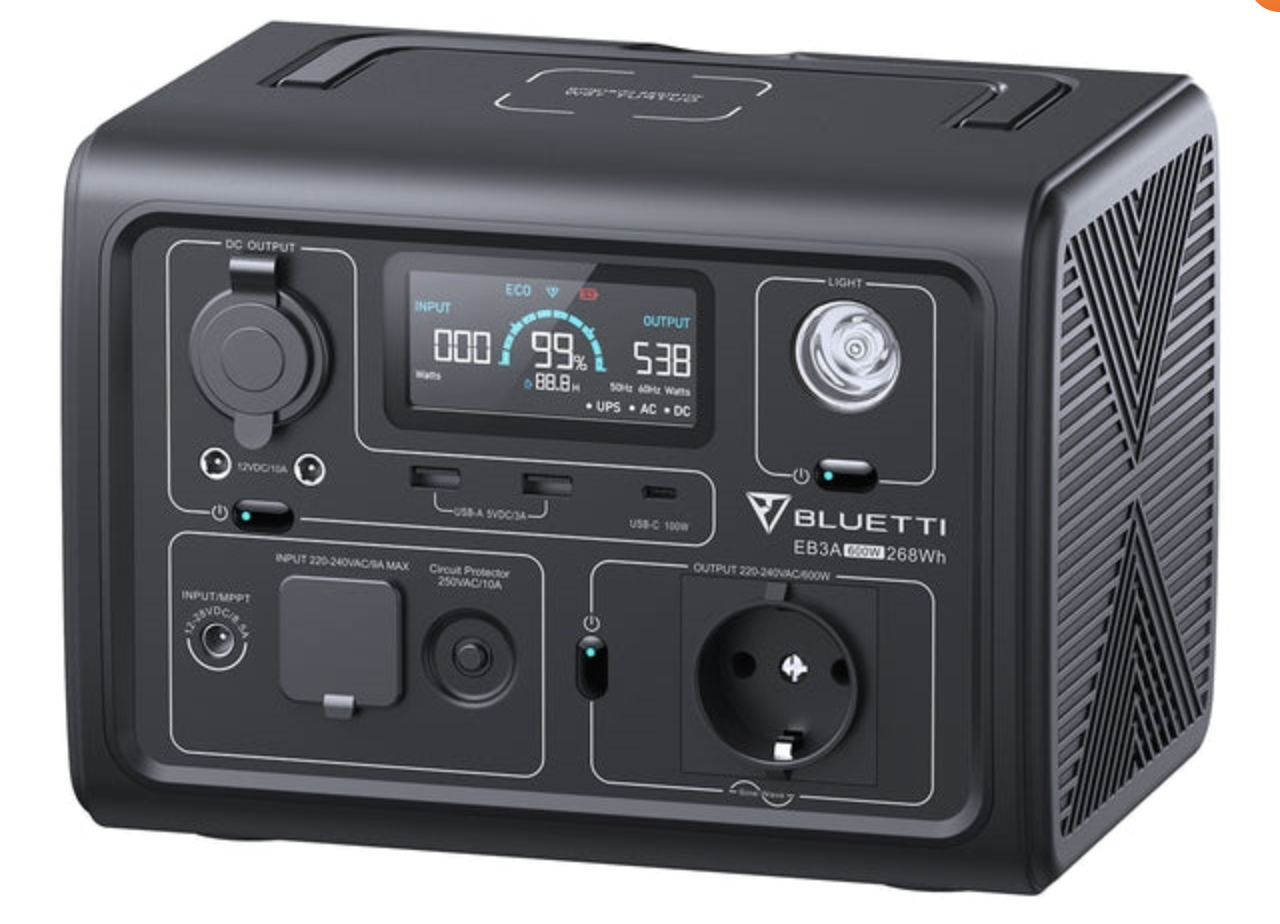
Compact charging station with an effective output power of 600 W (short-term load increase up to 1200 W is allowed). The output signal has a regular sinusoidal shape. The bundled battery (LiFePO4) has a capacity of 12 Ah (268 Wh). The BLUETTI PowerOak EB3A charging station is equipped with one conventional outlet and several connectors for charging portable electronics (2 USB-A and 1 USB-C ports). It also provides the ability to wirelessly charge phones (field power is 15 W) and power 12 V DC consumers. The station’s battery can be charged from the mains, a car cigarette lighter or solar panels (sold separately).
| Pros | Minuses |
| Solar panels | Fewer ports compared to competitors |
| Eco-friendly design | Weight due to additional panels |
| LED display | Weather dependent for optimal charging |
4. EcoFlow RIVER 2
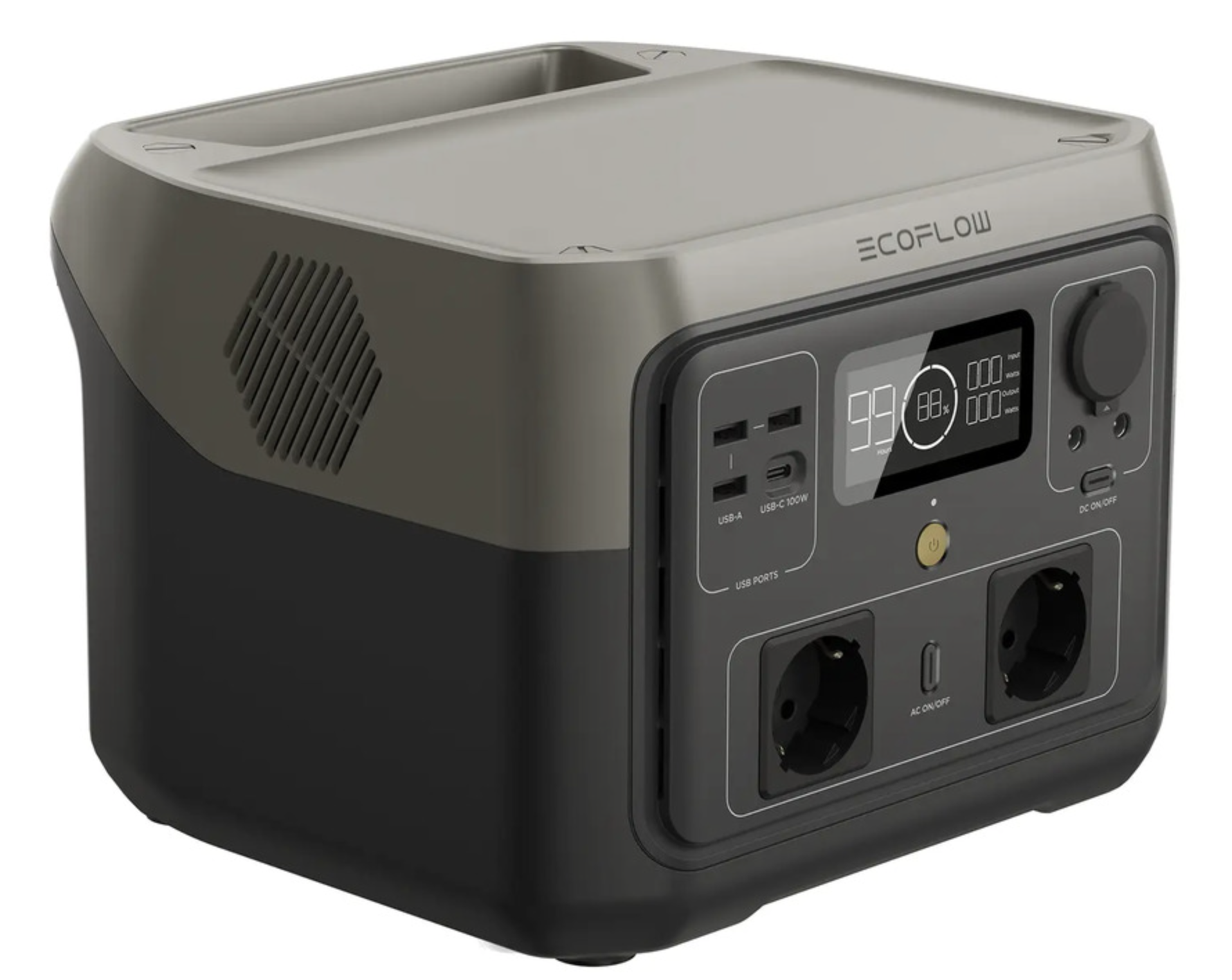
The model from the EcoFlow brand draws a line under the rating of charging stations with low power consumption. RIVER 2 is a compact and highly functional charger that can be considered a benchmark solution among the options with +- 250 Wh and a power of about 300 Wh. The battery type is LiFePo4, its resource is up to 3000 recharge cycles.
In terms of connectors, it is similar to several previous models, so we will not dwell on this point. Let’s talk about what sets it apart from the competition. Firstly, it has the fastest charging – 1.2 hours to full capacity from the mains, and about 3 hours from the branded EcoFlow Solar Panel 220 W. Secondly, the charging status of the station can be monitored through a proprietary application on a smartphone, for which a WiFi module is installed in the device.
The station can be used as an uninterruptible power supply for high-priority household appliances.
It is an excellent choice for those who need the most functional charging station with low power consumption.
| Pros | Minuses |
| Ability to charge multiple devices simultaneously | |
| Long battery life | High cost |
| Powerful and reliable |
5. CTECHi GT500
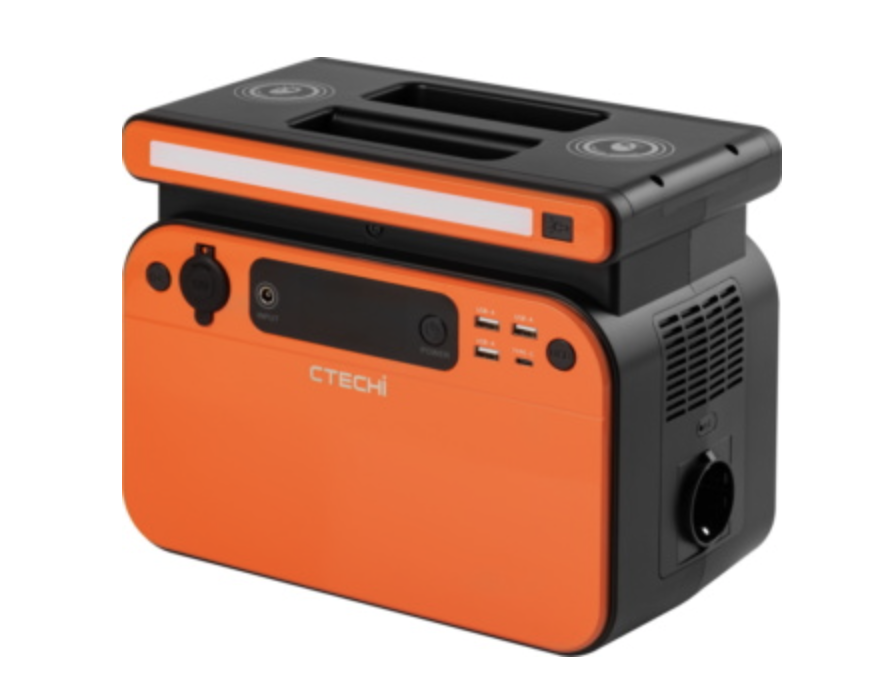
This charging station is based on a lithium-iron-phosphate LiFePO4 battery and has a capacity of 518 Wh, which is a lot for such a cheap model. CTECHi GT500 is designed to power equipment with a power consumption of up to 500 W, but can withstand short-term peak loads of up to 1000 W. From the socket of this charging station, the user receives a pure sine wave current, which is ideal for powering vulnerable equipment, especially pumps. In addition, there are three USB A ports and one USB type C port capable of delivering a maximum output power of 60 W, as well as a car socket and a proprietary 12-volt DC output. The top panel has two zones for wireless charging of gadgets.
CTECHi GT500 can be charged from a regular outlet or from solar panels (check the compatibility before buying). Another nice bonus is its light weight, which is only 7 kg.
A table of advantages and disadvantages:
| Pros | Minuses |
| Compact size | Lower capacity compared to analogues |
| Lightweight and portable | High cost |
| Versatile charging methods | No fast charging function |
6. Jackery Explorer 500
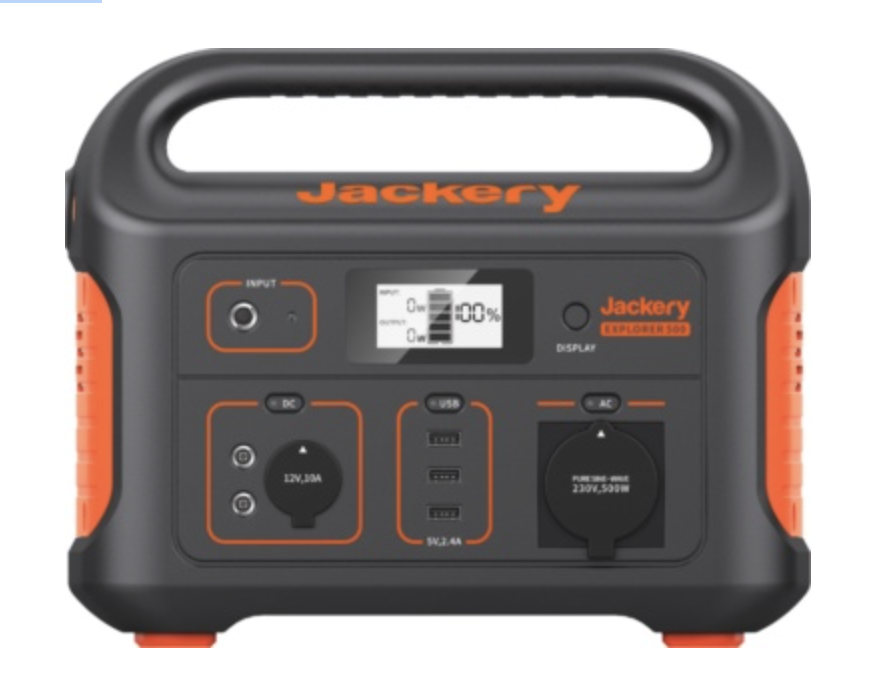
This charging station is a typical representative of the budget class and offers good performance for the price. Inside, there is a 518 Wh battery and a good converter designed to power and recharge various household and computer devices with a total power not exceeding 500 Wh (short-term peak loads of up to 1000 Wh are allowed). The manufacturer notes that the battery provides a service life of more than 1000 cycles of use. The Jackery Explorer 500 model has one standard outlet, three USB A ports, and a 12-volt DC output. Additionally, a powerful LED flashlight and a convenient carrying handle are built into the charger’s body.
The only disadvantage of Jackery Explorer 500 is its relatively slow charging. However, the good reputation and high build quality (judging by the positive reviews of the owners) cover the minor disadvantages.
7. Logicpower Charger MPPT 700 Pro
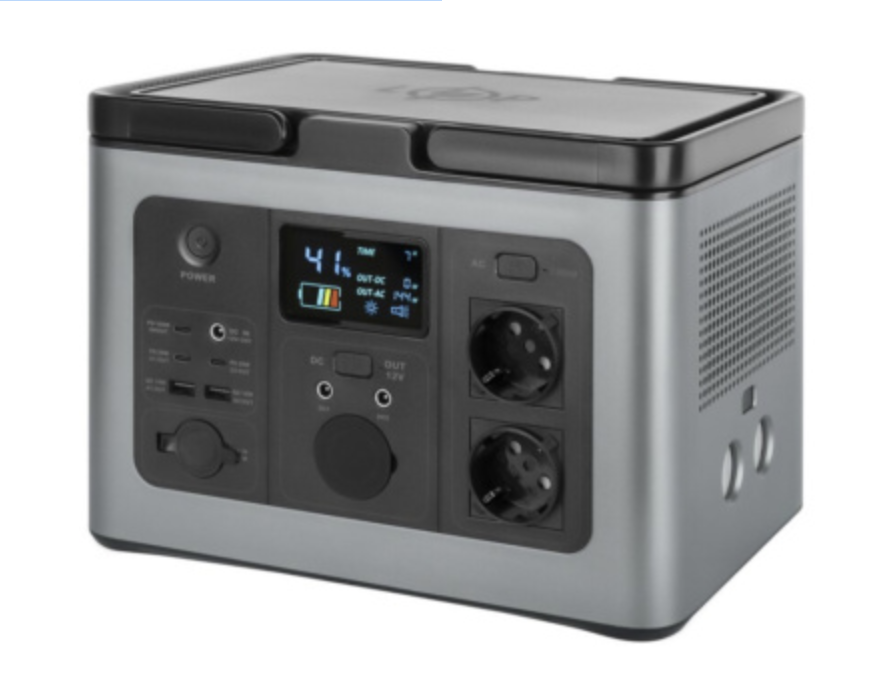
An affordable but popular and time-tested brand, as it turns out, produces charging stations. The Logicpower Charger MPPT 700 Pro model has a good capacity-to-price ratio, like most of the brand’s products. This huge power bank has two sockets, 5 USB and 2 DC outputs. The device is charged with an external power supply of low power. The manufacturer claims a temperature range of 0 to 40 degrees, so it is better not to use the Logicpower Charger MPPT 700 Pro in frosty weather. The baby weighs 7.5 kg, which is quite usual with dimensions of 290x205x210 mm.
There seems to be nothing surprising about this model, but the rated power of 700 W and the battery capacity of 614 Wh and the low price are a very attractive offer. The only drawback is that it takes up to 6 hours to charge.
Today’s charging station market offers a wide range of models to meet the needs of different categories of users. From portable chargers for travellers and people on the move, to powerful charging stations for home use, there is something for everyone.
When choosing a charger, it is important to consider not only its power and capacity, but also additional features such as auto-adaptive charging technology, the availability of various outputs and the user-friendliness of the interface. In addition, design and weight can also make a difference, especially if the device will be frequently moved from place to place.
The models reviewed certainly have their strengths and weaknesses, but in general they are all high quality devices from leading manufacturers. The choice of a particular model will depend on individual needs and budget.
Let reBITme make this charging station purchase even more favourable. Enjoy your choice!

